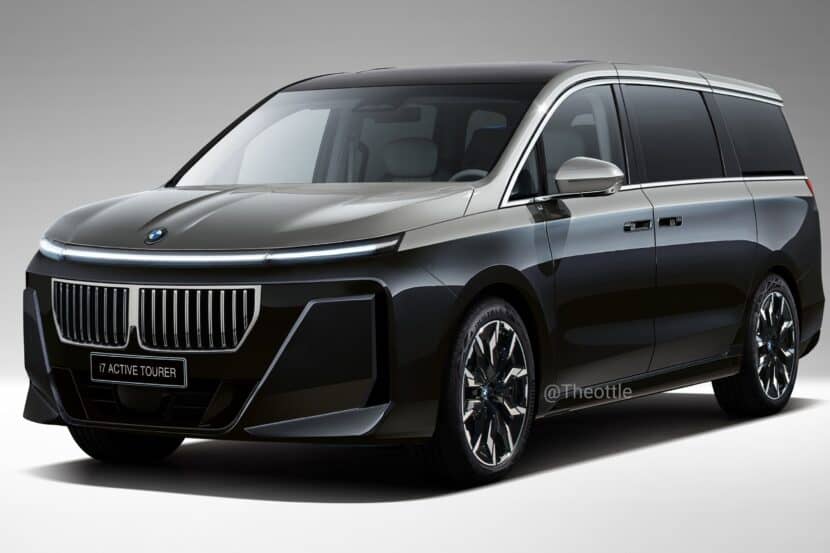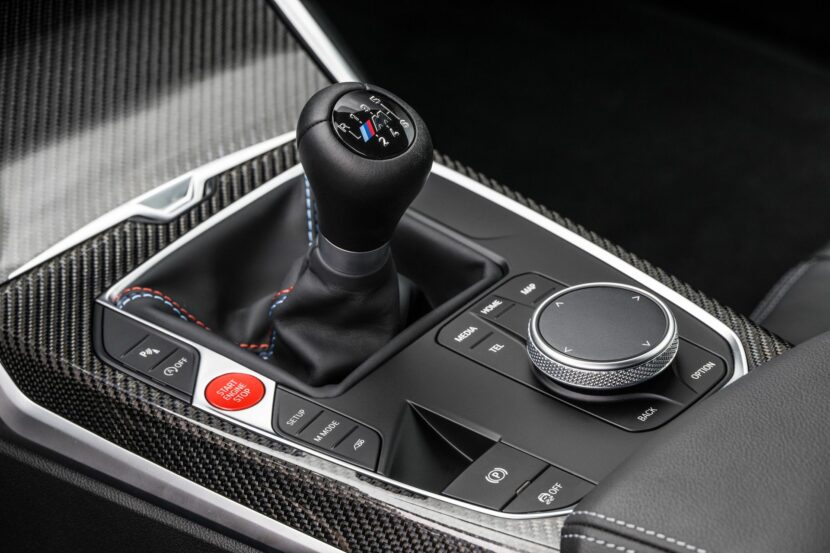Autocar UK gets behind the wheel of next year’s BMW i8. BMWBLOG had also the unique opportunity to spend some co-driving time in 2009, but at the time the i8 was still known as the Vision EfficientDynamics Concept and it was at a 60 percent development stage.
The plugin hybrid will come to market in Spring 2014 and is powered by a turbocharged three-cylinder petrol engine with 224 horsepower, aided by a 96 kW electric motor. Together, the two motors provide a system output of 260 kW or 354 horsepower, enabling acceleration from 0 to 100 km/h in 4.6 seconds.
Thanks to the extensive use of carbon, the weight remains under 1,500 kilograms. The i8 will have a combined fuel consumption in the European test cycle of less than 3 liters/100 km (78 MPG) and average real fuel consumption of between five and seven liters (33 – 47 MPG).
Here are some of their driving impressions:
As we rush along snow-covered roads, I notice a button on the centre tunnel marked ‘E mode’. Van As obliges, depressing it to alter the drive process from petrol-electric to solely electric, in which energy is provided by a lithium-ion battery pack mounted within the centre tunnel. It is a neat trick – one that will allow drivers of the BMW i8 to undertake journeys of up to 20 miles on battery power alone, allowing them to dodge London’s congestion charge and other similar zero-emission zone charges. It also provides the swoopy coupé with near-to-silent cruising qualities.
Three versatile power sources in the BMW i8
The most impressive aspect of the new car when we leave the BMW test track and head out on public roads is the smooth interplay between the three power sources, the result, Van As reveals, of countless hours spent refining the algorithms of the i8’s so-called power electronics.
“It’s a crucial part of hybrid drivetrain development, and something we’ve put a great deal of effort in to perfecting to keep us in good stead for the future,” he says. “It’s part of the reason why we decided from the outset not to engage an outside partner, but to keep all electronic development in-house, and retain the intellectual property rights for ourselves.”
The way the BMW i8’s advanced drivetrain switches from hybrid mode (in which all three power sources are in use) to pure electric mode (in which just one power source is relied upon) at the press of a button on the centre console, is extremely impressive. In hybrid mode, all four wheels provide drive. In electric mode, only the front wheels channel drive. It all sounds remarkably complex, but you’d never know it, such is seamless interplay.
Further impressions? While it may be billed as a sportscar, the i8 boasts an excellent ride. The overall set-up is claimed to be close in terms of comfort to that set to appear on the upcoming BMW 4-series coupé. “We are aware certain customers will use the i8 every day. It needs to offer sufficient low speed compliance for commuting in combination with the control required at higher speeds,” says Van As.
So, is the BMW i8 be capable of taking the fight to more conventional sportscars like the Porsche 911 Carrera? After all, it is expected to cost about £100,000, a similar price to a Carrera 4S. It’ll be another year at least before we get to steer the BMW i brand’s flagship model for ourselves but we now know that it is not only spectacularly futuristic in terms of appearance but also engagingly fast, imminently usable and comfortable enough to be used everyday.




































































